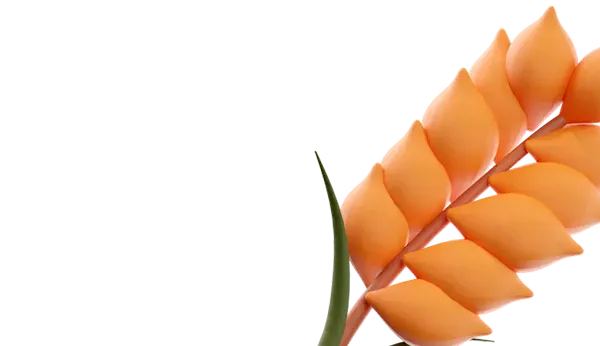A healthy plum tree is a fruit-bearing plant, and its leaves play an important role in the process of photosynthesis. Photosynthesis is the conversion of sunlight into energy needed for the plant's growth, fruit formation, and other essential functions. Optimal photosynthesis is necessary for a bountiful harvest.
In addition, the leaves regulate the moisture in the tree, which is lost through evaporation. Damaged leaves can disrupt this process, increasing the risk of drought stress and making the plum tree more vulnerable to pests. Plants with diseased leaves do not contribute to the overall health of the garden.
Dark Spots on Plum Leaves
Plum leaf spot, which results in the formation of dark spots with yellowish edges, is caused by the fungus Blumeriella jaapii (formerly known as Coccomyces prunophorae). This fungus, its life cycle, and the disease it causes are similar to cherry leaf spot. However, the spots on plum trees are usually smaller, and with severe infestation, the leaves often have a ragged appearance. Prolonged infestation of plum trees with abundant fruit drop differs from cherry leaf spot.
Plum leaf spot, like many fungal diseases, develops in warm and humid conditions. The fungus spores overwinter in fallen leaves, spreading through soil and air by wind and rain. The disease starts with the appearance of small reddish or purple dots on the leaves, which then enlarge and separate from the rest of the leaf. As a result of the infection, dark brown spores appear on the leaves and fruits, attracting the attention of gardeners.
Prevention is more effective than treatment: if dark spots are detected on plum leaves during the current season, the next important step should be fungicide treatment before bud break, followed by reapplication when green buds, silvery tips, and bud opening occur. The effectiveness of fungicides decreases as the disease spreads.
Fungicides for controlling plum leaf spot: fungicides based on propiconazole, chlorothalonil, myclobutanil.
Bordeaux mixture, which combines copper sulfate and hydrated lime, is still effective due to its long-acting formula, creating a protective layer on the leaves that inhibits the penetration of fungal spores into the plant tissues.
A useful tip for combating the pathogen is treating the soil under the tree with products containing trichoderma. Trichoderma, a natural soil fungus, helps control the spread of fungal pathogens, including Coccomyces prunophorae. It prevents and suppresses them, inhibiting their development and spread. Additionally, preventive measures include general sanitation and clearing of plant debris around the tree, as well as weed removal.
Red Spots on Plum Leaves
This disease resembles measles in humans, where the fungus Wilsonomyces carpophilus affects not only the leaves but also the branches and fruits. Red and violet small spots spread throughout the tree during spore formation. The border of the infection stands out from the rest of the leaf, creating perforations. Buds and new shoots turn dark purple, while the color of the fruit changes from purple to white in patches.
Treatment involves removing and destroying the infected wood parts, as well as spraying with the aforementioned fungicides. It is important to apply fungicides before the onset of infection. The effectiveness of fungicides decreases when spotting occurs on plum leaves. Strictly following the manufacturer's instructions for the safe and effective use of agrochemicals is crucial.
Rust and Black Spots on Plum Leaves
Plum rust is caused by the fungus Tranzschelia pruni-spinosae. The fungus produces spores that spread through air currents and rain, affecting the leaves, flowers, and fruits of the tree under favorable conditions. Yellow or orange spots on the upper leaf surface and black-brown pustules on the lower surface are characteristic signs of rust.
The first symptom of rust is the appearance of small spots that later increase in size and shape. Black-brown pustules are formed on the lower leaf surface. In severe infestations, the entire leaf may be covered with these pustules, leading to wilting and death.
When rust infection is suspected, immediate action is important to prevent the spread of the disease. The application of copper-based fungicides like Bordeaux mixture, as well as synthetic preparations (mentioned above), is mandatory.
Due to the concentration of rust on plum trees at the end of the growing season, the trees become more resistant to the fungus. It is not recommended to remove infected leaves from the tree, as they still provide the tree with nutrients before shedding.
Rust actively spreads in humid conditions and can be contained by ensuring good air circulation in the tree's center. If rust becomes a problem in the current year, it is recommended to carefully remove fallen leaves and treat the soil with trichoderma products.















